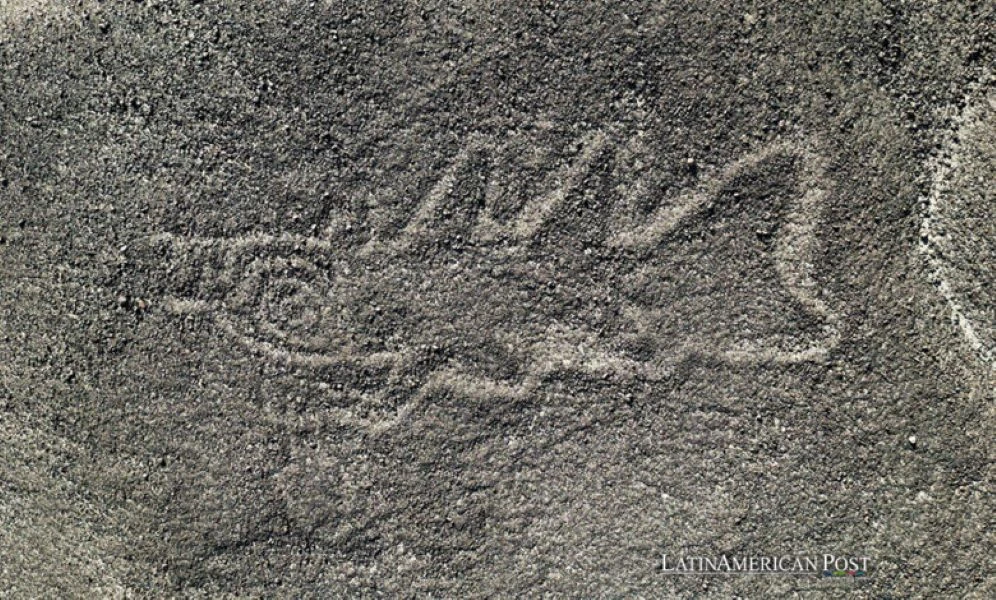
According to a VNA reporter in Tokyo, on September 24, researchers at Yamagata University (Japan) announced that they had discovered 303 new drawings on the Nazca plateau, a World Heritage Site in Peru, using artificial intelligence (AI).
In addition, the team appears to have deciphered the meaning of the drawings, which depict sacrificial scenes and places where rituals took place.
The findings mark the culmination of a six-month field survey by Yamagata University, which is studying the giant statues in the Peruvian desert.
To date, researchers have found 430 etchings dating back about 2,000 years, of which 318 were discovered by Yamagata University, which began researching the subject in 2004.
The university previously identified the geoglyphs from satellite imagery and other sources.
Through a new joint research project with IBM Research using AI, they discovered 303 new geoglyphs between September 2022 and February 2023.
Thanks to new technology, the number of geoglyphs discovered has nearly doubled. Geoglyphs are divided into two types: “surface” and “line.”
All 303 newly discovered geoglyphs are of the “surface” type, in which people chiseled out shapes from the rock. The drawings are located along trails and depict people and livestock.
“The head figures depict human sacrifices to the gods,” said Masato Sakai, a professor of cultural anthropology at Yamagata University. “People at that time learned about the role of human and animal sacrifices by looking at them while walking.”
Meanwhile, giant “line” drawings including the famous Nazca hummingbird are placed at the start and end points of pilgrimage routes.
According to Professor Sakai, it is likely that they were previously used as ritual spaces in the shape of animals.
“At that time, society did not have a written language. People learned about the roles of humans and animals by looking at images and using them as a place to perform rituals,” he said./.
Source: https://www.vietnamplus.vn/nhom-nghien-cuu-nhat-ban-tim-thay-di-tich-khao-co-tai-peru-nho-ai-post979216.vnp


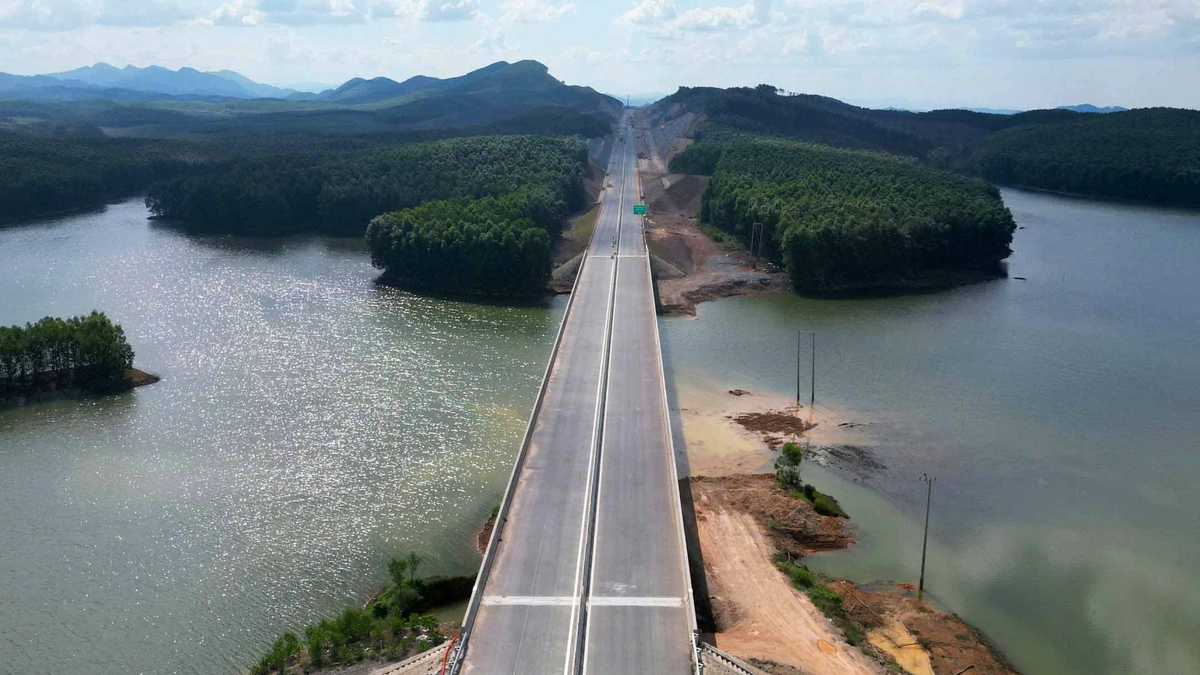

![[Photo] General Secretary To Lam receives Australian Ambassador to Vietnam Gillian Bird](https://vphoto.vietnam.vn/thumb/1200x675/vietnam/resource/IMAGE/2025/6/26/ce86495a92b4465181604bfb79f257de)

![[Photo] Candidates take the first graduation exam with the new Literature topic](https://vphoto.vietnam.vn/thumb/1200x675/vietnam/resource/IMAGE/2025/6/26/dfded9e317554c25a3e26defe672ebb7)




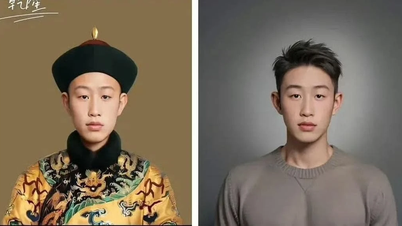


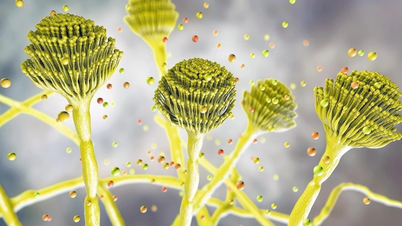
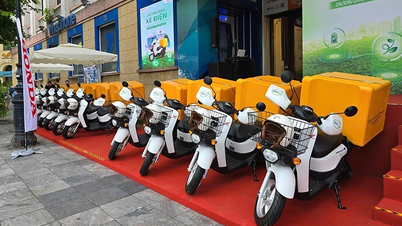









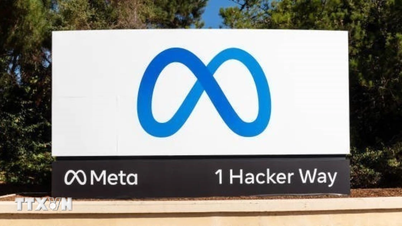





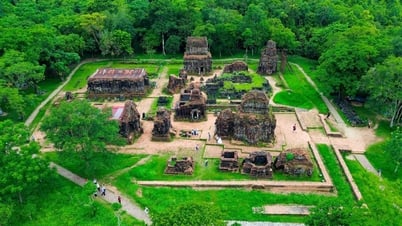




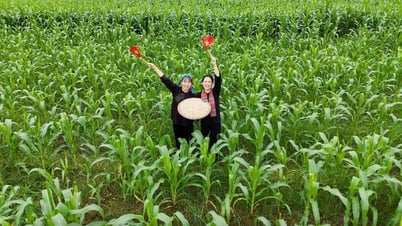

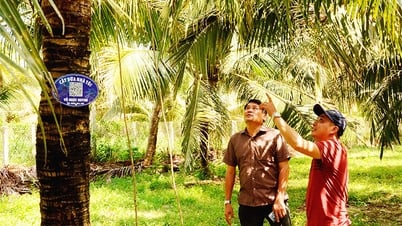



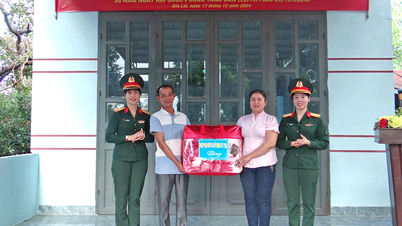



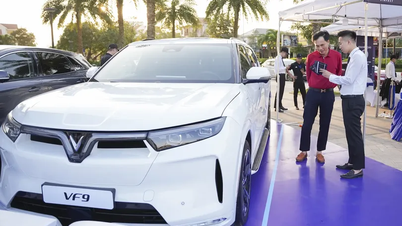
























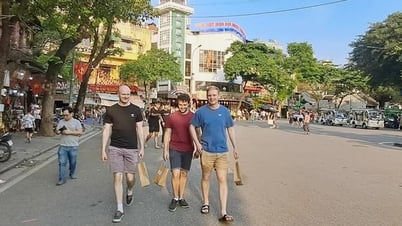



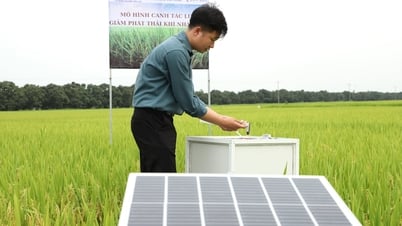




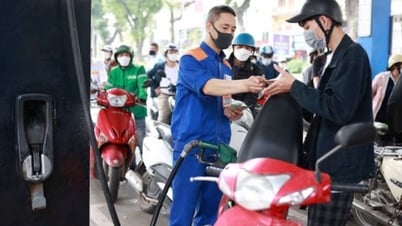

















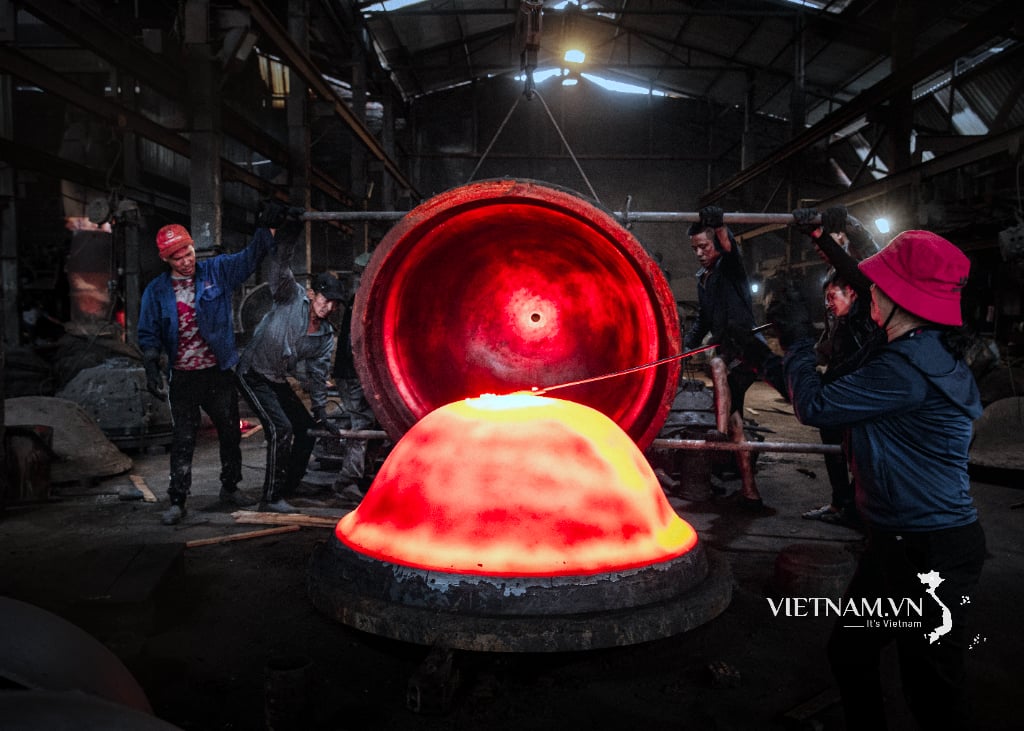
Comment (0)